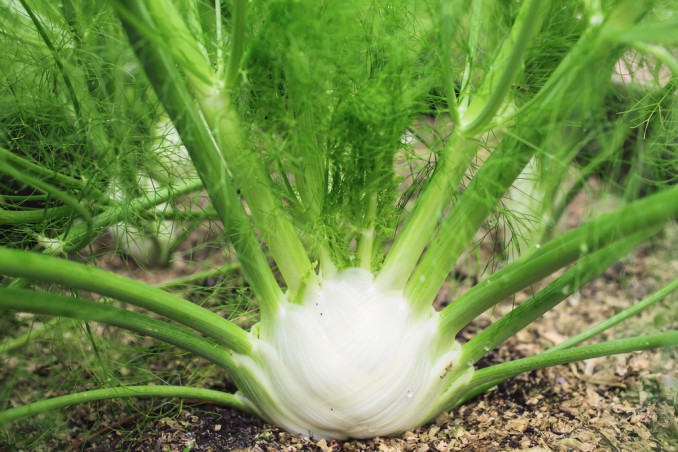Growing fennel brings a crunchy and fresh vegetable to your garden. We find it on the table in the winter months and, at least in the South, it can also be tasted at other times of the year. Here are some tips to keep at the back of your hand.
1) For the cultivation of this vegetable, a non-compact soil is especially indicated, in which the water does not stagnate, fertile.
2) To enrich it, you can fertilize with manure or mature compost, but consider that, due to fennel characteristics, it is preferable to grow it in a corner already fertilized for what you planted before.
3) In summer, you can sow in the open field, with a waning moon. But, if you live in the South, you can also proceed in winter and autumn.
Read also: Rosemary Herbal Tea: Benefits And How To Prepare It
4) When the plants are about ten centimeters high, leave only the best ones so that one comes to find one every 20 centimeters. Upstream, calculate about 60-70 centimeters of the distance between the rows.
5) If you prefer the seedbed, start in the winter months; you can transplant after just over a month or when your seedlings reach about 10-15 centimeters.
6) A fundamental care for cultivating fennel is watering, especially just after sowing.

7) Another technique, not to be forgotten, moves the hardened soil on the surface by uprooting the weeds.
8) To cure fennel, when the heart develops or a couple of weeks before harvesting, do a tamping, that is, bring the earth closer to the plant. The technique has a bleaching function and protection from low temperatures.
9) Protect the fennel from the cold with non-woven fabric.
Also read: How To Grow Basil
10) When to harvest fennel? With a waning moon, harvesting adjusts to the optimal development for the variety you have chosen.
11) Did the cultivation of fennel go well, do not plant it in the same area, from which, however, you must also keep other vegetables of the same family such as carrots away.
Adapted and translated by Wiki Avenue Staff
Sources: Donnad






